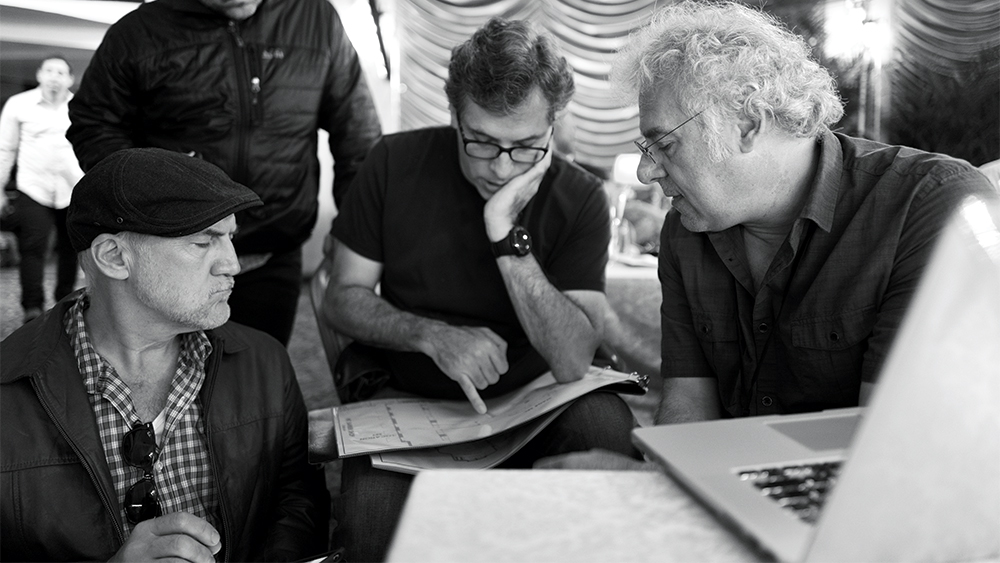‘Irishman’ Production Designer Bob Shaw Discusses Complicated Shoot
By Tim Gray
LOS ANGELES (Variety.com) – Bob Shaw has scored his first Oscar nomination, as production designer for “The Irishman.” The film looks at U.S. history through the eyes mafia hitman Frank Sheeran and his relationship with Teamsters boss Jimmy Hoffa. The epic entailed 108 shooting days, with several locations each day.
How did you start?
I decided at age 16 that I wanted to design scenery; I was thinking theater. I designed “The Mandrake” at the Public Theatre when I was 20, then at 23, I designed “The Pirates of Penzance” with Linda Ronstadt on Broadway, working with a really wonderful director named Wilford Leach.
“” spans 50 years. What did that entail?
We built 28 sets and had 295 sets in all. Our locations were all over the place. There were a lot of locations that are only seen for a few moments.
After agreeing to do it, did you have a moment of doubt?
Usually I do. Like most people when they get a job, I often think, “I don’t know how to do this.” But this project came into focus very quickly.
With so many sets, was it complicated to keep things straight?
In our job, the first question you need to answer is, “Where are we?” In the script, they go to five different gas stations. But you can’t find any stations with 1950 gas pumps, so you have to find sites that can be turned into gas stations. Also, there were six or seven hotel rooms. When you have a lot of similar locations, you have to make them distinctive.
This was my third project with (DP) Rodrigo Prieto, and there were lots of things that he brought to it. He said the earlier scenes would be Kodachrome, so that suggests a specific color range; oranges, reds and teals pop out more. Then Ektachrome when we got to the ’70s.
Did some sets re-create actual places?
Yes. We built the barber shop for the Albert Anastasia hit. It was based on a real place and there are famous photos of the aftermath of that hit. The look was incredibly specific, with powder-blue barber chairs, and it was just off a shopping arcade in the old Park Sheraton Hotel. We ended up building a set next to a shopping arcade in the Roosevelt Hotel. And all this was for just one shot.
Was your job mostly re-creating actual places?
No, not at all. For example, the real Villa di Roma was mundane; it wasn’t evocative of the ’50s or the mob. So that was invented, a concoction of many restaurants I’ve been in. Marty [Scorsese] was not convinced we could achieve realism within a set that we built. I heard Bob De Niro say it felt real and lived-in; that’s exactly what we were going for.
What’s the biggest misperception of your job?
People think you just go out and find places, then tell the production crew to show up with a camera. It’s a lot more complicated than that. Our motto was, “We go to extraordinary lengths to bring you the ordinary.”

